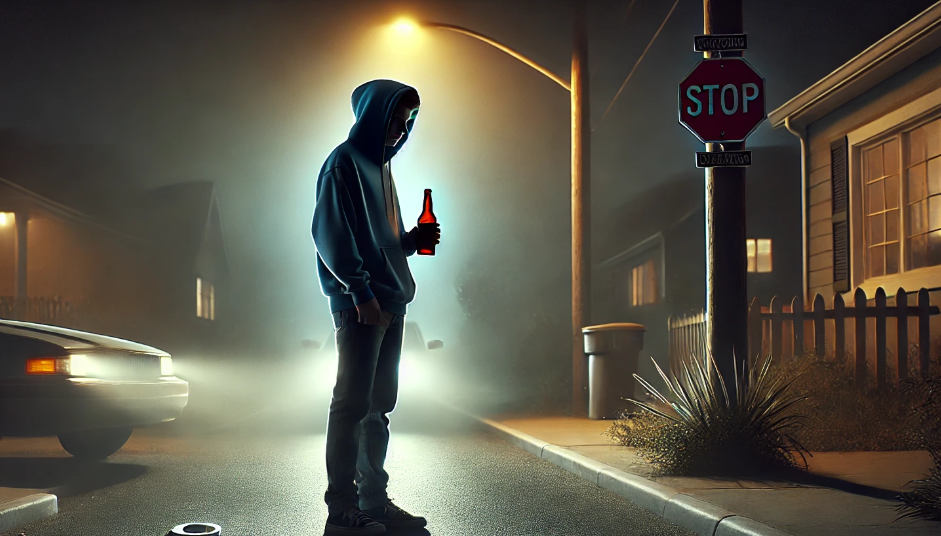Drive Safe and Sober: Setting the Standard for Teen Drivers
Learning to drive is a milestone for teens – and a huge responsibility. After the Every 15 Minutes program’s dramatic mock crash and hearing from Kristi Lance about the real-life consequences of impaired driving, your teen is likely more aware than ever of why driving sober is non-negotiable. Reinforce that lesson at home by setting strict rules for the car: absolutely no driving under the influence of alcohol, marijuana, or any impairing substance, and no getting in a car with an impaired driver. Make it clear that one bad decision behind the wheel can have permanent consequences – something Kristi’s family knows all too well. Also, broaden the safety talk beyond drunk driving: emphasize that distracted driving (texting, messing with music, etc.) can be just as deadly. In fact, recent figures show more teens are now killed in text-related crashes than in drunk-driving crashesen.wikipedia.org. “Impairment” isn’t just alcohol – anything that takes eyes or mind off the road puts lives at risk. As a parent, model the behavior you expect: never drive after drinking even “just a little,” put your phone away while driving, and always wear your seatbelt. Teens learn more from what we do than what we say. By setting a high standard and consistent rules for safe driving, you instill habits that will protect your teen and others on the road for years to come.
Practical Tips for Parents:
-
Create a Parent-Teen Driving Agreement: Write down the rules and have both you and your teen sign it. Include points like zero tolerance for DUI, always wearing seatbelts, passenger limits (e.g. only 1 friend at a time until experienced), and no phone use while driving. The CDC offers a great Teen Driving Contract templatepoweredbypartners.org that you can customize. Reviewing and signing it together makes expectations clear.
-
Use Technology for Good: Consider installing a driving safety app or using your phone’s settings to block calls/texts when the car is in motion. Many insurance companies offer apps or devices that monitor driving speed, abrupt braking, etc., which can give teens feedback (and sometimes a discount for good driving). Discuss these tools as a way to build trust – not to “spy,” but to help them develop safe habits.
-
Practice What You Preach: If you expect your teen not to text and drive or speed, ensure you are following the same rules. For example, if your phone rings while you’re driving, verbalize “I’ll call them back later; it’s not safe to text and drive.” This consistent modeling reinforces that the rules are truly important.
-
Plan for Pickups: Reiterate often that no matter the situation, you are always willing to pick them up or find them a safe ride – no punishments, no lectures in that moment. Develop a code word or phrase they can use in a call/text if they’re ever uncomfortable with a driver (like “Can you drop off the paperwork at school?” – a subtle cue for you to come get them). Knowing this safety net exists can prevent panicked bad choices, like riding with an impaired friend.


Comments
Post a Comment